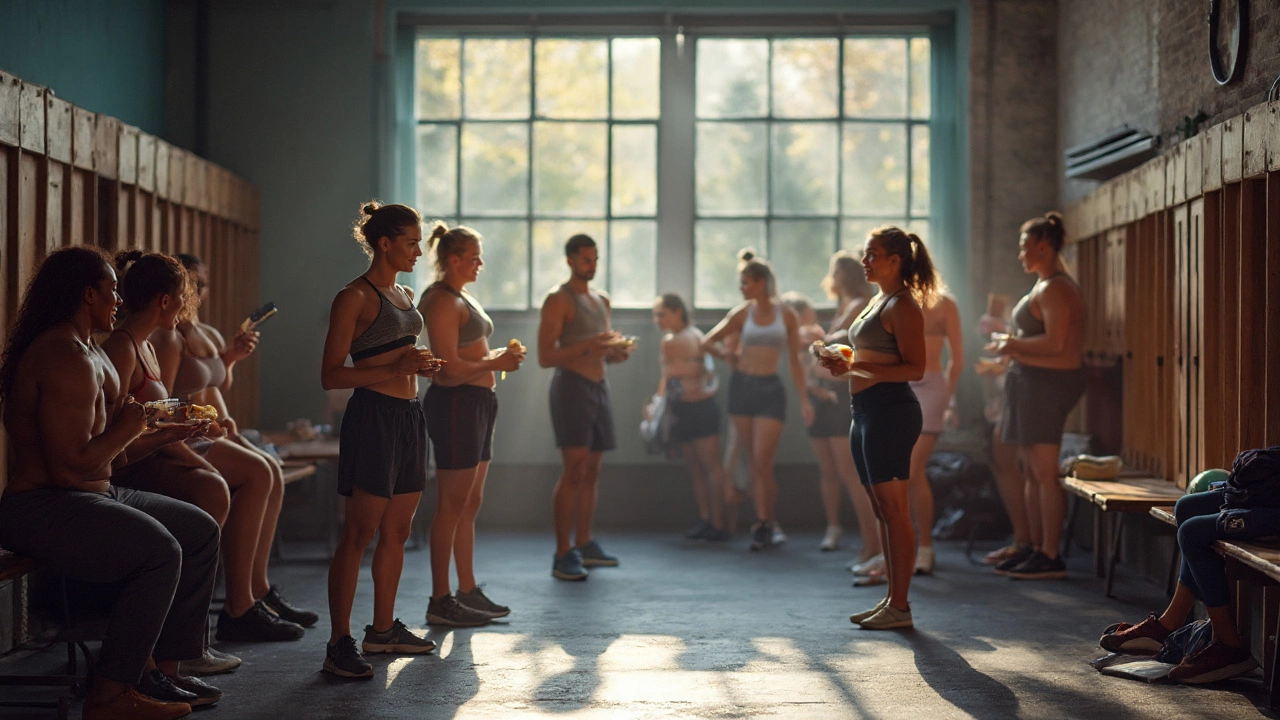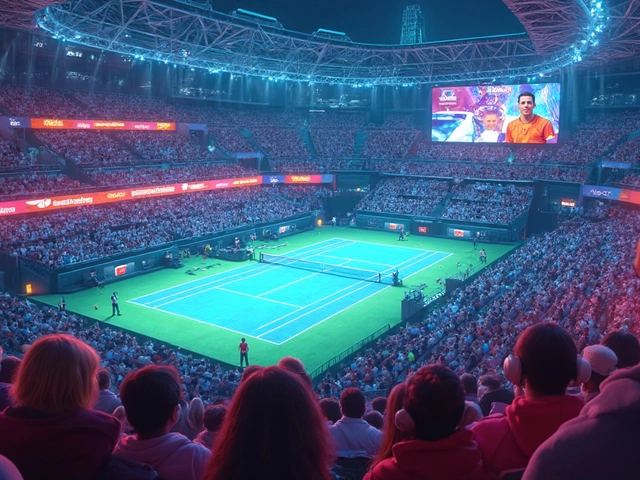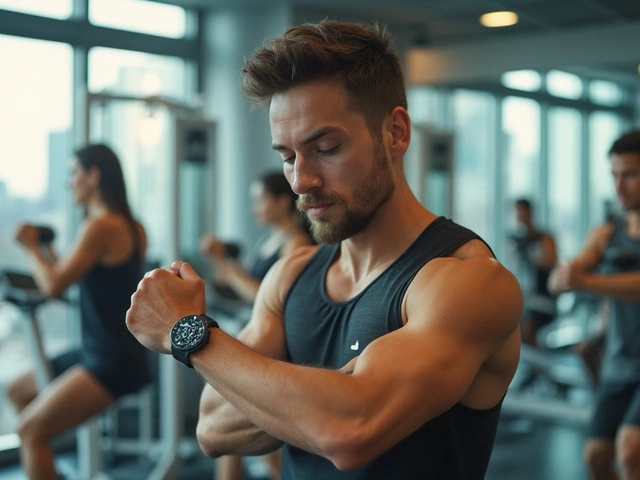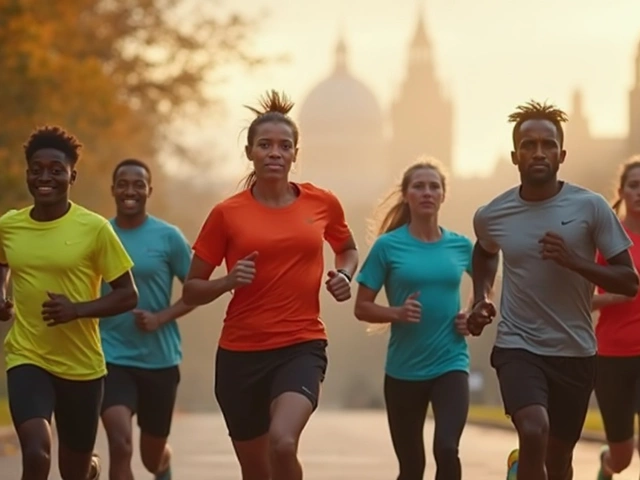
Fitness August 3, 2025
Should You Exercise After Eating? Timing Your Workouts Right
Picture this: you’ve just finished a killer Sunday roast or you’ve smashed a midweek pasta binge, and now you’re itching to burn off that carb-fuel with a workout. But your insides feel like they just clocked in for a long shift. You’re torn—do you leap into action or let your body digest in peace? The whole idea about whether you should exercise after eating stirs up debate at every running club, gym session, and family dinner table. Let’s chew through the facts (pun intended) and sort out what actually happens if you mix meals with movement.
How Digestion Works and Why Timing Matters
Most of us know the heavy feeling that follows a big meal. Your body gets busy sending blood to your gut, breaking down proteins, carbs, and fat. This is classic biology: your stomach churns, enzymes do their thing, and blood flow shifts to help digestion. But exactly how long does this take? On average, the stomach empties within 2-4 hours for a mixed meal. Lighter snacks—like a banana or a piece of toast—can slip through in just 30-60 minutes. So, the size of your meal has a giant impact on how ready your body is for movement.
It’s all about blood flow. After eating, your body shuttles more blood to your digestive organs. If you rush into a sprint or a heavy lifting session, your muscles and gut will compete for oxygen-rich blood. That’s when you get the dreaded stitch, bloating, or even nausea—your gut literally can’t keep up with the demand. Researchers at Loughborough University showed that participants who did intense interval workouts just after eating reported nearly double the stomach discomfort compared to those who waited a couple of hours. So, there’s actual science behind the queasy gym trip after grandma’s lasagna.
But here’s where things get interesting—light activity can actually help digestion along. A gentle stroll after dinner can reduce post-meal blood sugar spikes by up to 30%, especially in people with type 2 diabetes or insulin resistance. That’s why in places like Italy and Spain, a casual evening walk (la passeggiata) isn’t just tradition, it’s health science in motion.
Exercise Types: What You Can and Can’t Do After Eating
The real question isn’t just whether you should exercise after eating, but what kind of exercise you’re considering. Not all movements hit your gut the same way. Low-intensity activities, like walking the dog or stretching, are usually fine—even recommended. But high-impact movements or workouts that twist and crunch the core can turn your stomach upside down.
Let’s break it down:
- Light walking or gentle yoga: Perfect choices post-meal. In fact, a 15-20 minute walk can encourage digestion, lower blood sugar, and help prevent the post-lunch energy crash. My dog Jasper absolutely lives for his post-supper walks, and I get to sneak in some bonus movement.
- Strength training or HIIT: Here’s where the problems start. Weightlifting, plyometrics, or intense cardio naturally pull blood from your digestive organs, causing cramps and nausea. If you’ve just scoffed a burger, you’ll feel it.
- Swimming: Contrary to every mum’s warning, there’s nothing deadly about swimming after eating, but you may feel sluggish. Heavy meals combined with laps in the pool can trigger side stitches and leave you short of breath.
- Running: The pounding, bouncing motion of running is the quickest way to stir up discomfort if your stomach is still full. Even a study from the Journal of Science and Medicine in Sport found that runners were more prone to gut symptoms when hitting the track too soon after eating.
So think about your goals. Looking for calorie burn or muscle gains? Waiting a bit pays off. Want to help your tummy move things along? Gentle activity is your secret weapon.

Best Times for Exercise Before and After Meals
Time matters. If you want your workout to feel smooth and powerful, it helps to sync your meals and sweat sessions. Here are a few rules of thumb:
- For big meals (think roast dinners, curry takeaways, or Sunday brunch), wait 2-3 hours before doing any intense exercise.
- If you’ve just grabbed a small snack, you may only need 30-60 minutes to feel comfortable enough for movement.
- Light walking can start almost immediately, unless you’re feeling uncomfortably stuffed or bloated.
| Meal Type | Wait Time Before Intense Exercise | Suitable Activity Soon After |
|---|---|---|
| Heavy Meal | 2-3 hours | Gentle walk, light stretching |
| Medium Meal | 1-2 hours | Yoga, brisk walk |
| Light Snack | 30 mins to 1 hour | Any activity |
If you love early morning workouts, try to keep your first meal snack-sized—like a banana or a slice of toast. Big breakfasts need more time to digest. Night owl? Late-evening meals can slow sleep and disrupt your workout recovery if you’re back in the gym within the hour. Paying close attention to your own routine and gut feelings is key. Remember, it isn’t a race; find what feels natural to you.
Common Myths About Exercise and Eating
Let’s smash a few old legends. ‘Don’t swim for 30 minutes after eating or you’ll drown!’ We’ve all heard it, but there’s no real danger unless you’re wolfing down six cheeseburgers, then trying to swim a mile. At most, you’ll feel off, like moving with ankle weights. You’re not risking your life, just your comfort.
Another myth: exercising fasted (on an empty stomach) always burns more fat. Not so simple. The University of Bath did a study in 2023 showing that people who ate before working out actually burned roughly the same calories over a 24-hour period as fasted exercisers. The catch? Those who had a small breakfast reported higher energy and less hunger later in the day, making it easier to stick to healthy habits.
Then there’s the idea that working out immediately after eating will ‘ruin’ your digestion. Your stomach isn’t a fragile thing. Sure, a tough workout will stress it, but normal movement—standing, walking, even a few stretches—actually helps clear the decks while keeping your metabolism revved.
The real danger comes only if you have acid reflux or gastrointestinal issues like IBS. If that sounds like you, wait longer and keep a food and activity diary to find your sweet spot.

Tips for Balancing Food, Exercise, and Digestion
If you want to keep your workouts strong and your stomach happy, a few simple tweaks can make a world of difference.
- Listen to your body. It’s the best measure you’ve got. Do you feel energised and light, or weighed down and sluggish? If you’re burping up your lunch, sit it out a bit longer.
- Stick with carb-based snacks if you’re hungry but want to workout within an hour. Think of half a bagel, some fruit, or a handful of plain cereal. Avoid heavy fat and protein—they take ages to digest.
- Hydrate, but don’t overdo it just before exercising, or you’ll have a sloshy stomach on your hands.
- Warm up with gentle moves rather than jumping straight into sprints or lifts. Your body will thank you.
- Track what works. Every body is different. I know I can handle a thirty-minute dog walk with Jasper after tea, but an intense HIIT class? Only if I’ve let at least two hours pass after a bigger meal.
- If you’re heading out for a long run or match, eat about 2-3 hours ahead—a meal balanced in complex carbs, a bit of protein, and not too much fat. It’s what semi-pro rugby teams stick to before big games.
- Feeling nauseous or crampy? Stop. Taking a break or scaling back beats powering through and paying for it later.
No need for complicated science—just pay attention, experiment, and give yourself extra time if you’re going for gold in your workout. Matching your fuel and your fitness pays off in better performance, more enjoyment, and, let’s be honest, way less burping and regret.




